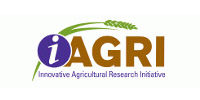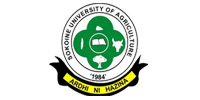About content development
Collection development is about selecting and deselecting content for the library.
Library collections have always included materials in many formats, and handling a mix of material types is an accepted element of library work. Electronic resources have now become ubiquitous, changing the scope of acquisitions and the very concept of a ‘collection’.
Libraries have been in the collection business for centuries- to select content appropriate for their community, make it accessible, manage it, and preserve it.
The term “collection development” refers to the process of systematically building library collections to serve study, teaching, research, recreational, and other needs of library users. The process includes selection and deselection of current and retrospective materials, the planning of strategies for continuing acquisition; input into preservation decisions; and evaluation of collections to determine how well they serve user needs. Overall, collection development encompasses many library operations ranging from the selection of individual titles for purchase to the withdrawal of expendable materials.
The information explosion coupled with tightening budgets requires selectors to look at ways to access resources in ways beyond physical ownership, including licensing electronic databases and providing document delivery.
Selection is based on: Budget, Price, Usage, Needs, and Availability. Deselection is based on: Budget, Price, Needs, and Usage.




